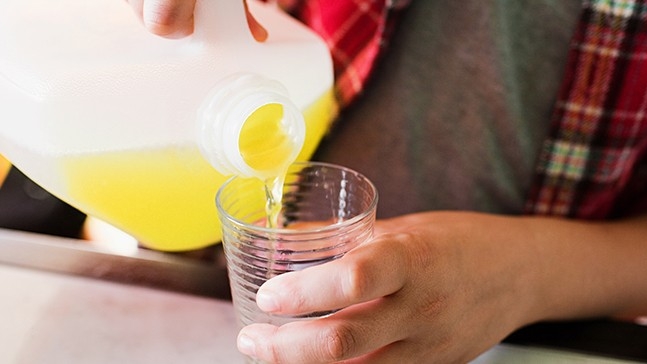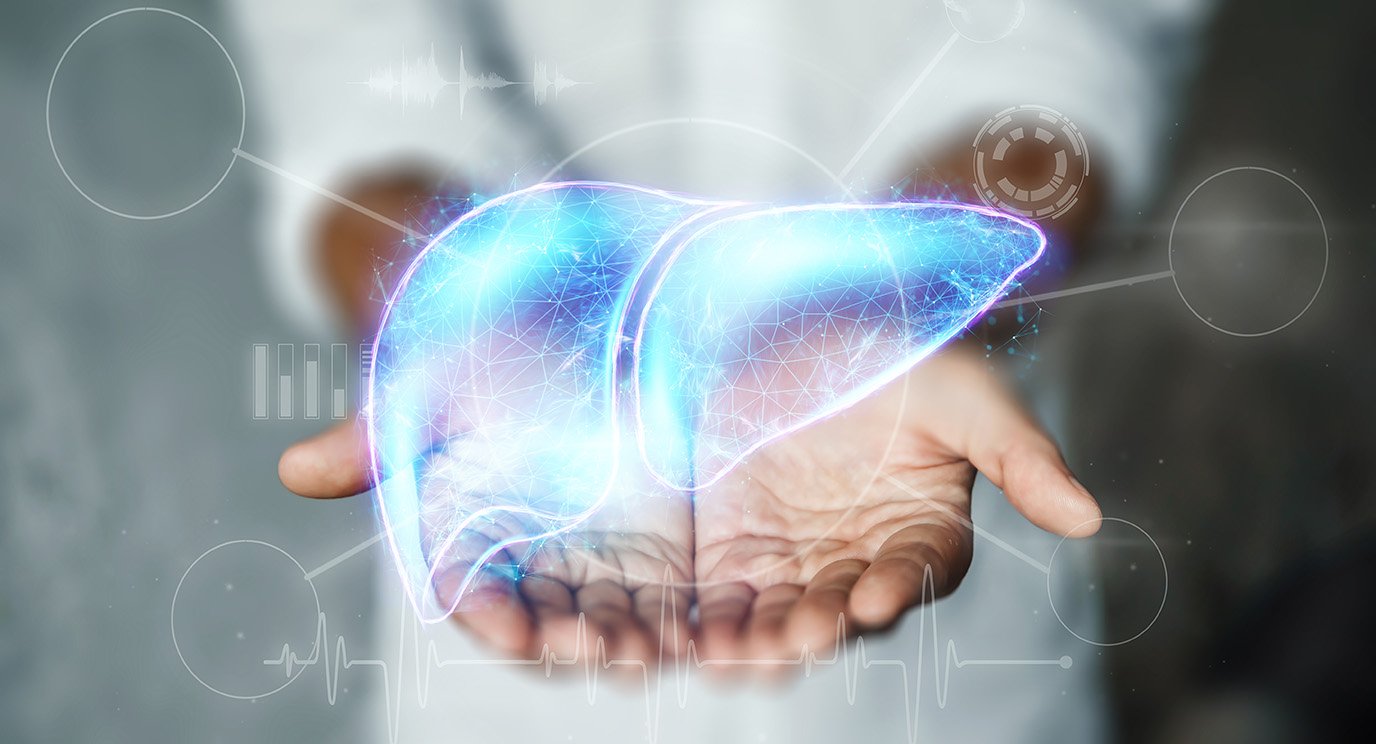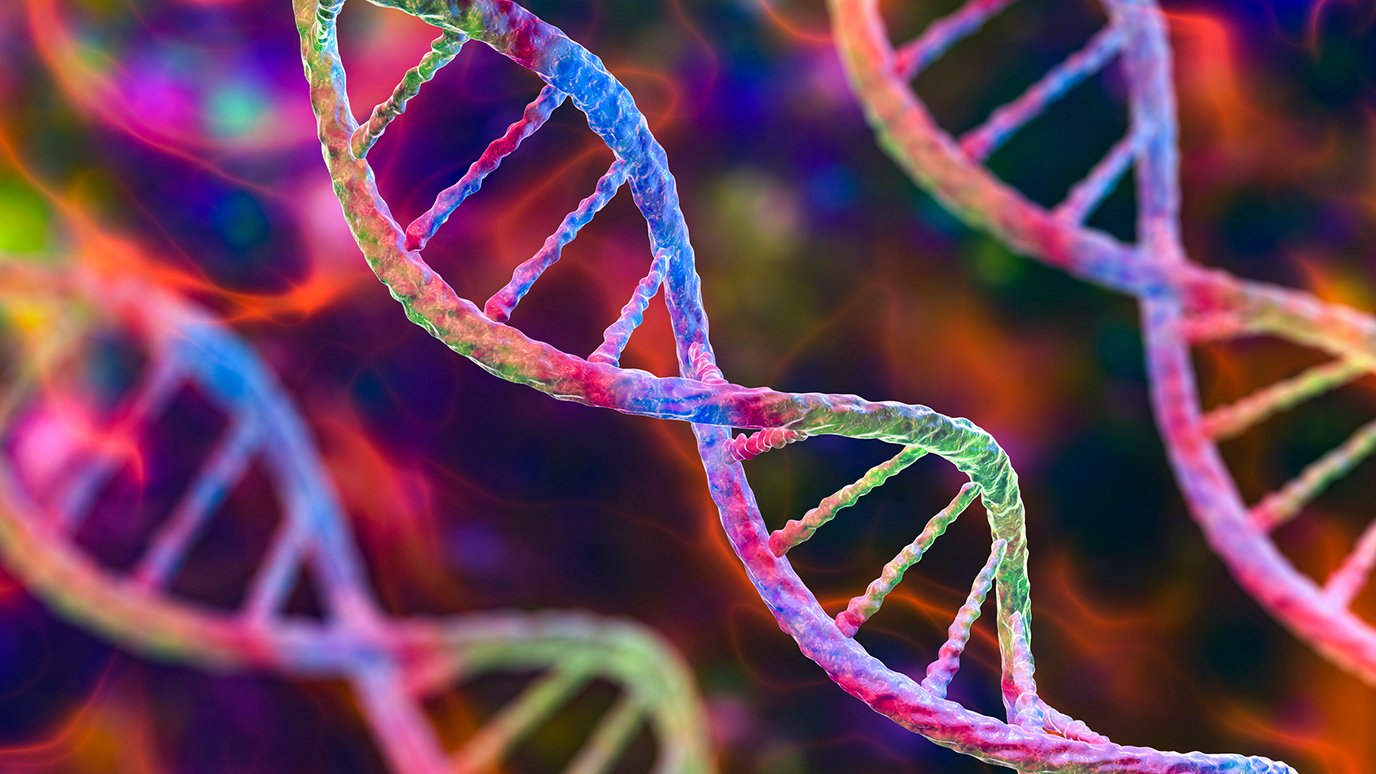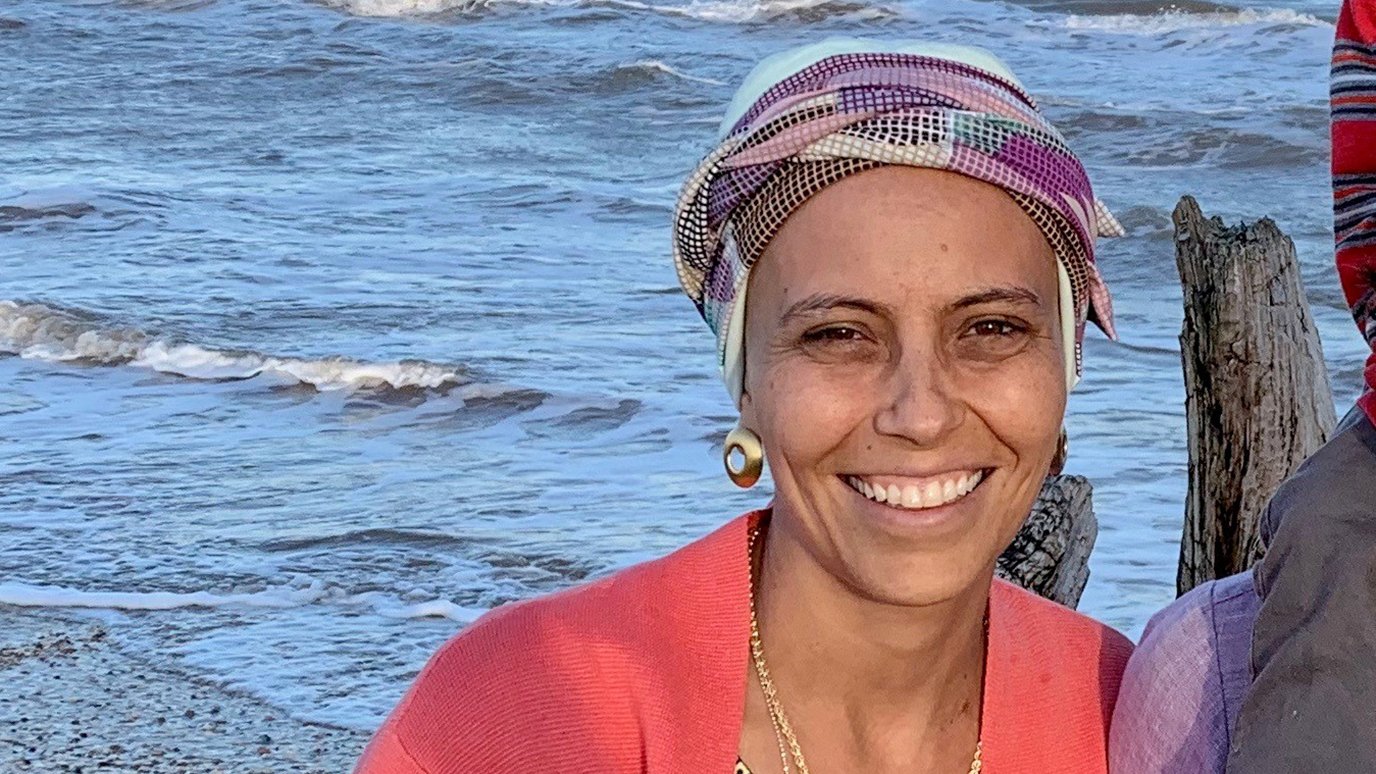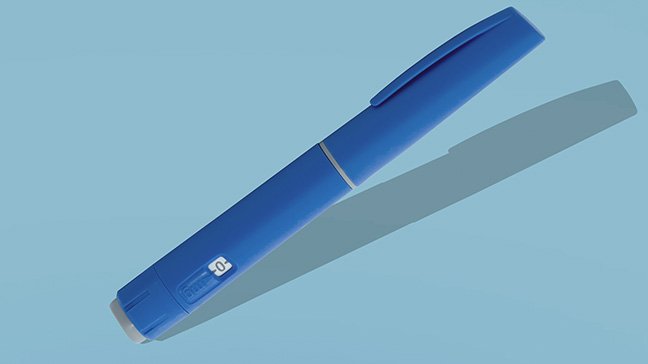- Diseases
- Acoustic Neuroma (14)
- Adrenal Gland Tumor (24)
- Anal Cancer (68)
- Anemia (2)
- Appendix Cancer (16)
- Bile Duct Cancer (26)
- Bladder Cancer (72)
- Brain Metastases (28)
- Brain Tumor (232)
- Breast Cancer (714)
- Breast Implant-Associated Anaplastic Large Cell Lymphoma (2)
- Cancer of Unknown Primary (4)
- Carcinoid Tumor (8)
- Cervical Cancer (158)
- Colon Cancer (166)
- Colorectal Cancer (118)
- Endocrine Tumor (4)
- Esophageal Cancer (44)
- Eye Cancer (36)
- Fallopian Tube Cancer (8)
- Germ Cell Tumor (4)
- Gestational Trophoblastic Disease (2)
- Head and Neck Cancer (12)
- Kidney Cancer (128)
- Leukemia (342)
- Liver Cancer (50)
- Lung Cancer (286)
- Lymphoma (278)
- Mesothelioma (14)
- Metastasis (30)
- Multiple Myeloma (100)
- Myelodysplastic Syndrome (60)
- Myeloproliferative Neoplasm (6)
- Neuroendocrine Tumors (16)
- Oral Cancer (100)
- Ovarian Cancer (172)
- Pancreatic Cancer (160)
- Parathyroid Disease (2)
- Penile Cancer (14)
- Pituitary Tumor (6)
- Prostate Cancer (146)
- Rectal Cancer (58)
- Renal Medullary Carcinoma (6)
- Salivary Gland Cancer (14)
- Sarcoma (238)
- Skin Cancer (296)
- Skull Base Tumors (56)
- Spinal Tumor (12)
- Stomach Cancer (64)
- Testicular Cancer (28)
- Throat Cancer (92)
- Thymoma (6)
- Thyroid Cancer (98)
- Tonsil Cancer (30)
- Uterine Cancer (80)
- Vaginal Cancer (16)
- Vulvar Cancer (20)
- Cancer Topic
- Adolescent and Young Adult Cancer Issues (20)
- Advance Care Planning (10)
- Biostatistics (2)
- Blood Donation (18)
- Bone Health (8)
- COVID-19 (362)
- Cancer Recurrence (120)
- Childhood Cancer Issues (120)
- Clinical Trials (632)
- Complementary Integrative Medicine (22)
- Cytogenetics (2)
- DNA Methylation (4)
- Diagnosis (232)
- Epigenetics (6)
- Fertility (62)
- Follow-up Guidelines (2)
- Health Disparities (14)
- Hereditary Cancer Syndromes (126)
- Immunology (18)
- Li-Fraumeni Syndrome (8)
- Mental Health (116)
- Molecular Diagnostics (8)
- Pain Management (62)
- Palliative Care (8)
- Pathology (10)
- Physical Therapy (18)
- Pregnancy (18)
- Prevention (918)
- Research (392)
- Second Opinion (74)
- Sexuality (16)
- Side Effects (604)
- Sleep Disorders (10)
- Stem Cell Transplantation Cellular Therapy (216)
- Support (402)
- Survivorship (322)
- Symptoms (182)
- Treatment (1786)
4 things to know about peripheral nerve stimulation
4 minute read | Published January 02, 2025
Medically Reviewed | Last reviewed by Saba Javed, M.D., on January 02, 2025
If you’ve been diagnosed with cancer, you may experience pain during treatment. This pain may be either acute or chronic. Acute pain lasts for six weeks or less. Chronic pain lasts longer, typically up to nine weeks.
Peripheral nerve pain affects the nerves throughout the body. For patients seeking alternatives to oral pain medications due to potential side effects, an outpatient procedure known as peripheral nerve stimulation (PNS) may be a good option.
Below I share four things to know about peripheral nerve stimulation.
Peripheral nerve stimulation provides short-term pain relief
The peripheral nervous system is located outside the brain and spinal cord; it is part of the central nervous system. PNS may be a good fit if you’re experiencing acute or chronic nerve pain, such as when a tumor presses against a nerve. PNS targets specific nerves to block or modify the peripheral nervous system’s pain signals.
Peripheral nerve stimulation can help you reduce the use of pain narcotics, which may cause you to be sleepy. This procedure also allows you to be mobile, so you can still do activities like physical therapy, gardening and daily tasks such as grocery shopping.
This procedure is temporary; it lasts 60 days. If you are still experiencing pain after 60 days, you may be eligible for a more permanent procedure called spinal cord stimulation.
PNS may not be ideal if you have an upcoming MRI scan. I recommend you wait until after your MRI to complete peripheral nerve stimulation. Or, if your care team is comfortable with a CT or X-ray instead, then we will move forward with the procedure.
What to expect during a peripheral nerve stimulation procedure
PNS is done through a needle puncture of the skin. It typically takes about 20 minutes. Because it is a minimally invasive outpatient procedure, you can go home the same day.
On the day of your visit, you will be taken to a procedure room where you’ll lie down on your stomach. We take X-ray photos of the treatment location for accuracy before we begin. We use lidocaine to numb the skin for the needle puncture. Once the area is numb, we implant a small wire-like electrode next to the nerve target. The electrode is connected to the small PNS device. Once the electrode is in place, the stimulation is turned on to make sure you feel a gentle tingling sensation from the stimulation. Once we confirm that you are feeling the stimulation, we secure the wire next to the nerve and take out the needle.
After the procedure is complete, you will have thin wires on the external part of your skin near the treatment area. Your doctor will cover the wires with sterile band-aids to ensure they are secure.
Recovery and aftercare following peripheral nerve stimulation
After the procedure, we make sure the stimulation is still in the appropriate location and the bandage dressing on top of the wire is not loose. This only takes about five minutes.
Once you’re cleared to go home, you will be given a PNS device. It’s about the size of a small pager or cell phone and is connected to wires and generates electrical stimulation. You will be able to control the amount of electrical stimulation and can turn the device off.
Because the external wires are not waterproof, we will give you a sleeve where the wires can safely be tucked away. While showering with the sleeve is safe, you should not lie down or sit in a pool while the device is implanted.
You’ll have a follow-up visit with your care team one month after the procedure and then again at the two-month mark to take out the wires. Reach out to your doctor if you have questions or concerns between visits.
If you find that the treatment is not working or uncomfortable, your care team can remove the PNS device at any time and explore other pain relief options for you.
During your second doctor's visit, you can discuss permanent pain management solutions, if needed.
Risks and side effects of peripheral nerve stimulation
Most people do not have side effects after a peripheral nerve stimulation procedure. There’s a small risk of infection, but our team uses sterilizing techniques and precautions to minimize this risk. There is also a slight chance of injury to nearby nerves or other structures. This is why we use X-ray guidance to carefully avoid causing any damage during the procedure. Before the procedure, your doctor will make sure you are not taking any medications that could increase your risk of bleeding.
PNS is a safe and low-risk temporary relief solution for acute and chronic pain. If you’re interested in learning more about the procedure, talk to your doctor to see if it’s right for you.
Saba Javed, M.D., is a pain specialist and researcher at MD Anderson.
Request an appointment at MD Anderson online or call 1-866-915-2971.
Related Cancerwise Stories
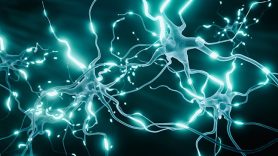
PNS may be a good fit if you’re experiencing acute or chronic nerve pain.
Saba Javed, M.D.
Physician

